CPM S90V is a unique stainless tool steel manufactured by crucible metallurgy. The steel is martensitic with a high volume of vanadium carbides for good wear resistance. It provides significant improvement in wear resistance over 440C and D2, as well as other high chromium tool steels with corrosion resistance equal to or better than 440C.
The high vanadium content promotes the formation of hard vanadium carbides instead of chromium carbides for wear resistance, leaving enough chromium in the matrix to provide good corrosion resistance.
CPM S90V was first introduced in 1999 by Crucible Industries. It is a good, fairly strong and wear resistant steel with a hardness of 56 - 59 (some sources say 60) HRC. CPM-S90V was originally called CPM-420V and was released around 1996.
The wear and corrosion resistance of S90V make it an excellent candidate to replace AISI 440C where increased wear is a major concern. It can replace D2 or other tool steels in applications where improved corrosion resistance is also an advantage.
The CPM process results in a finer, more uniform carbide distribution, which gives improved toughness and better grindability to high-alloy steels. The CPM process allows for the projection of higher alloy grades that are not obtainable by conventional steel production.
The steel has proven itself as a material for the best, most expensive author's and serial knives. It holds the sharpening of the cutting edge longer than S30V, but it is more fragile and sharpening knives from it is much more difficult. It is quite difficult to process by grinding. In practice, its use is significantly limited by the maximum achievable hardness.
Application
Note: these are some typical applications. Your specific program should not be adopted without independent research and evaluation of the suitability of the material.
- Plastic injection molding and extrusion feed screws;
- Check valve components;
- Pelletizing equipment;
- Sprue and nozzle inserts;
- Industrial knives, cutters and cutters;
- Special wear-resistant cutlery;
- Injection moulds and inserts;
- Wear-resistant components for the food and chemical industries;
- Bearings, bushings, valves, rollers;
- Gear pumps.
Chemical composition
Chemical composition of steel grade CPM S90V | ||||||
| C | Cr | Mo | V | Mn | Si | Fe |
| 2,3 | 14,0 | 1,0 | 9,0 | 0,4 | 0,6 | Other |
Physical properties
- Modulus of elasticity: 215 GPa;
- Density: 7.4 g/cm3;
- Thermal conductivity at 65 °C: 17.3 W/m-°K;
- Coefficient of thermal expansion:
20 - 200 °C: 11.0X10-6 mm/mm/°C;
20 - 315 °C: 11.5X10-6 mm/mm/°C;
Mechanical properties
- Hardness (hardening 1120 °C, double tempering 260 °C): 58 HRC;
- Impact strength (Charpe C-notch impact test): 26 J;
- Wear (cross cylinder adhesive wear test: higher = better wear resistance): 35/40.
Corrosion resistance
Corrosion testing measures the amount of material lost through corrosion. CPM S90V stainless steel showed the following results:
- 10% boiling acetic acid 24 hours - 9/17 mm/year;
- diluted "aqua regia" (5% HNO3 -1% HCl (nitric + hydrochloric acid) at 24 °C) - 102/117 mm/year;
Lower numbers indicate better corrosion resistance. The steel has been heat treated to approximately HRC 56/58. Corrosion resistance depends on the heat treatment conditions and the specific environment. The results should be used as a qualitative comparison only.
Machinability and grinding
Due to the high vanadium carbide content, machinability and grinding of S90V will be somewhat more difficult than D2 or 440C. Similar grinding equipment and methods are acceptable. SG type aluminum oxide or CBN discs have generally shown better results with CPM steels.
Thermal treatments
Annealing
- Heating to 900 °C, holding for 2 hours, slowly cooling at a maximum rate of 15 °C per hour to 595 °C, then cooling in an oven or in air to room temperature.
- Hardness after annealing: approx. 277 BHN.
Stress relieving
- Annealed parts: heat to 595 - 705 °C, hold for 2 hours, cool in an oven or in air.
- Hardened parts: heat to 15 - 30 °C below the original tempering temperature, hold for 2 hours, then cool in a furnace or in air.
Hardening
- Austenitization: 1150 - 1175 °C.
- Holding time at temperature: 20 minutes.
- Quenching: salt quenching, interrupted oil quenching, positive pressure gas quenching or air cooling at a minimum cooling rate of 80 °C/min to below 540 °C. Cool to below 50 °C before tempering. For optimum vacuum heat treatment response, gas quenching at a minimum pressure of 4 bar is recommended.
- Temper: double tempering at 200 - 400 °C. Hold for at least 2 hours each tempering. For optimum stress relief and dimensional stability, S90V can be double tempered at 540 - 550 °C, but tempering above 425 °C may result in some loss of corrosion resistance. Freezing may be used between the first and second tempering, if desired. At least one tempering should always be performed after freezing.
NOTE: tempering at temperatures between 425 and 540°C is not recommended. All martensitic stainless steels become brittle when tempered in this range.
Tempering temperatures:
- 200 °C - 425 °C: better corrosion resistance and wear resistance;
- 425 °C - 540 °C: AVOID THIS RANGE (fragility);
- 540 °C - 550 °C: stress relief and dimensional stability.
- Aim hardness: HRC 56/59.
- Size change: +0.03 to +0.05%. The size change stated applies to a fully martensitic microstructure. The presence of retained austenite may reduce net growth. When tempering at 200 - 400 °C, freezing may be necessary to minimize retained austenite.
Note: the properties shown on this page are typical values. Normal variations in chemistry, dimensions and heat treatment conditions may cause deviations from these values.

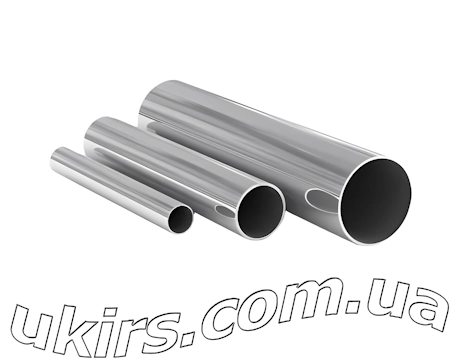 Stainless Steel Round Pipe
Stainless Steel Round Pipe 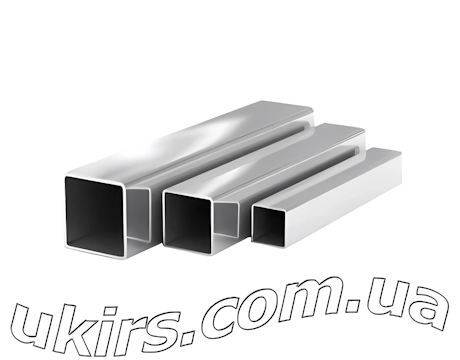 Stainless Steel Square Pipe
Stainless Steel Square Pipe 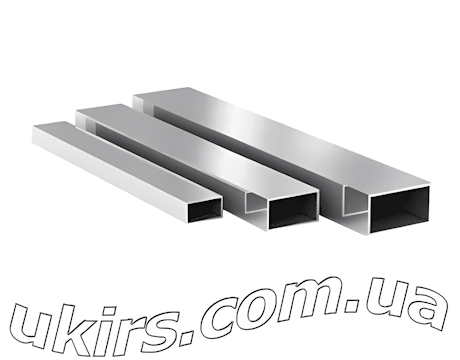 Stainless Steel Rectangular Pipe
Stainless Steel Rectangular Pipe 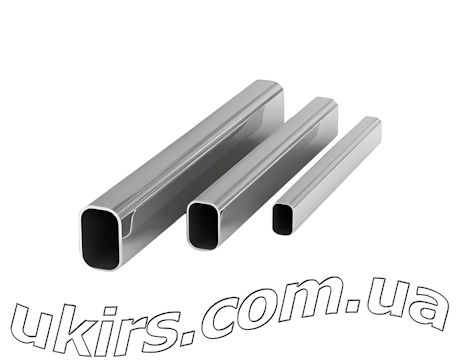 Stainless Steel Oval Pipe
Stainless Steel Oval Pipe 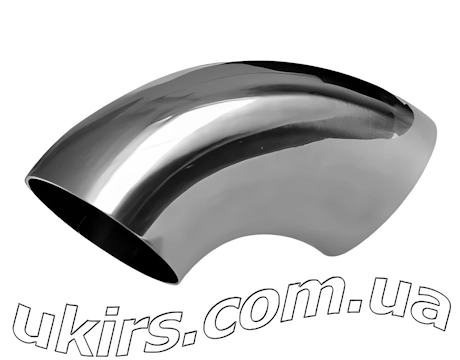 Stainless Steel Elbow
Stainless Steel Elbow 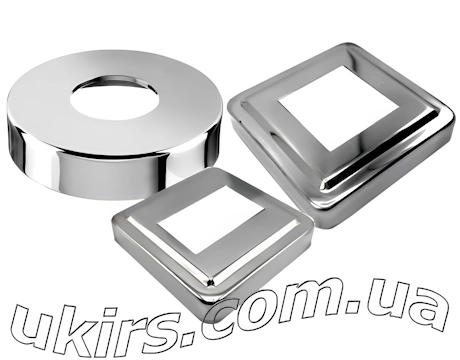 Stainless Steel Decorative Cover
Stainless Steel Decorative Cover 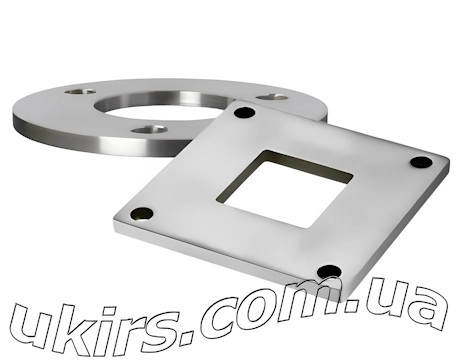 Stainless Steel Flange
Stainless Steel Flange 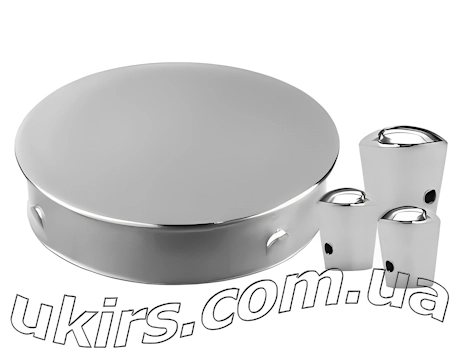 Stainless Steel Plug / Cap
Stainless Steel Plug / Cap 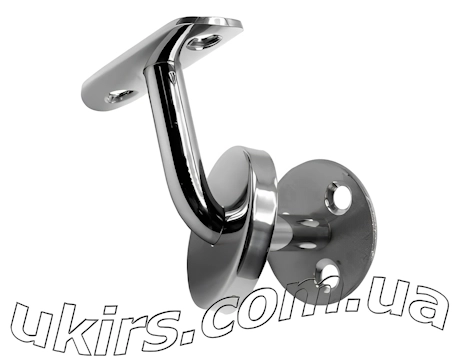 Stainless Steel Handrail Holder
Stainless Steel Handrail Holder